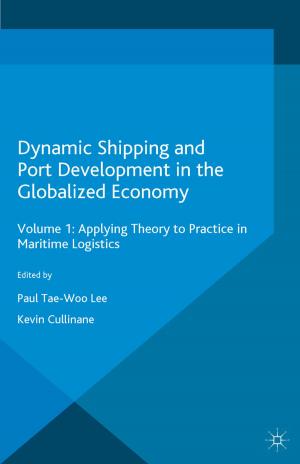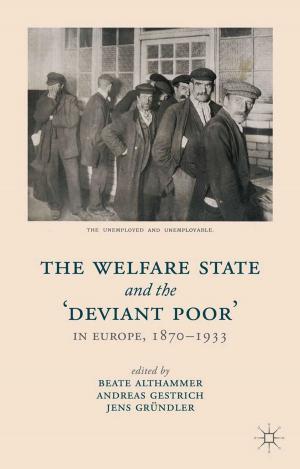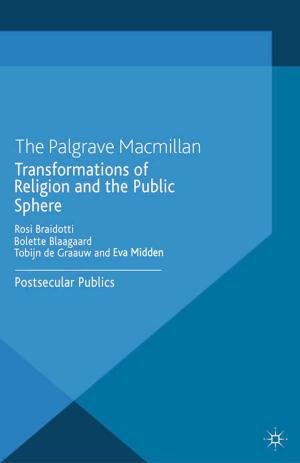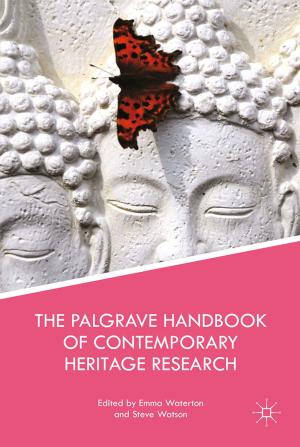Fame and Fortune
Sir John Hill and London Life in the 1750s
Nonfiction, Science & Nature, Science, Other Sciences, History, British| Author: | ISBN: | 9781137580542 | |
| Publisher: | Palgrave Macmillan UK | Publication: | December 1, 2017 |
| Imprint: | Palgrave Macmillan | Language: | English |
| Author: | |
| ISBN: | 9781137580542 |
| Publisher: | Palgrave Macmillan UK |
| Publication: | December 1, 2017 |
| Imprint: | Palgrave Macmillan |
| Language: | English |
This multi-disciplinary essay collection explores the controversial life and achievements of Sir John Hill (1714–1775), a prolific contributor to Georgian England’s literature, medicine and science. By the time he died, he had been knighted by the Swedish monarch and become a household name among scientists and writers throughout Britain and Europe. In 1750s London he was a celebrity, but he was also widely vilified.
Hill, an important writer of urban space, also helped define London through his periodicals and fictions. As well as examining his significance and achievements, this book makes Hill a means of exploring the lively intellectual and public world of London in the 1750s where rivalries abounded, and where clubs, societies, coffee-houses, theatres and pleasure gardens shaped fame and fortunes. By investigating one individual’s intersections with his metropolis, Fame and Fortune restores Hill to view and contributes new understandings of the forms and functions of eighteenth-century intellectual worlds.
This multi-disciplinary essay collection explores the controversial life and achievements of Sir John Hill (1714–1775), a prolific contributor to Georgian England’s literature, medicine and science. By the time he died, he had been knighted by the Swedish monarch and become a household name among scientists and writers throughout Britain and Europe. In 1750s London he was a celebrity, but he was also widely vilified.
Hill, an important writer of urban space, also helped define London through his periodicals and fictions. As well as examining his significance and achievements, this book makes Hill a means of exploring the lively intellectual and public world of London in the 1750s where rivalries abounded, and where clubs, societies, coffee-houses, theatres and pleasure gardens shaped fame and fortunes. By investigating one individual’s intersections with his metropolis, Fame and Fortune restores Hill to view and contributes new understandings of the forms and functions of eighteenth-century intellectual worlds.















